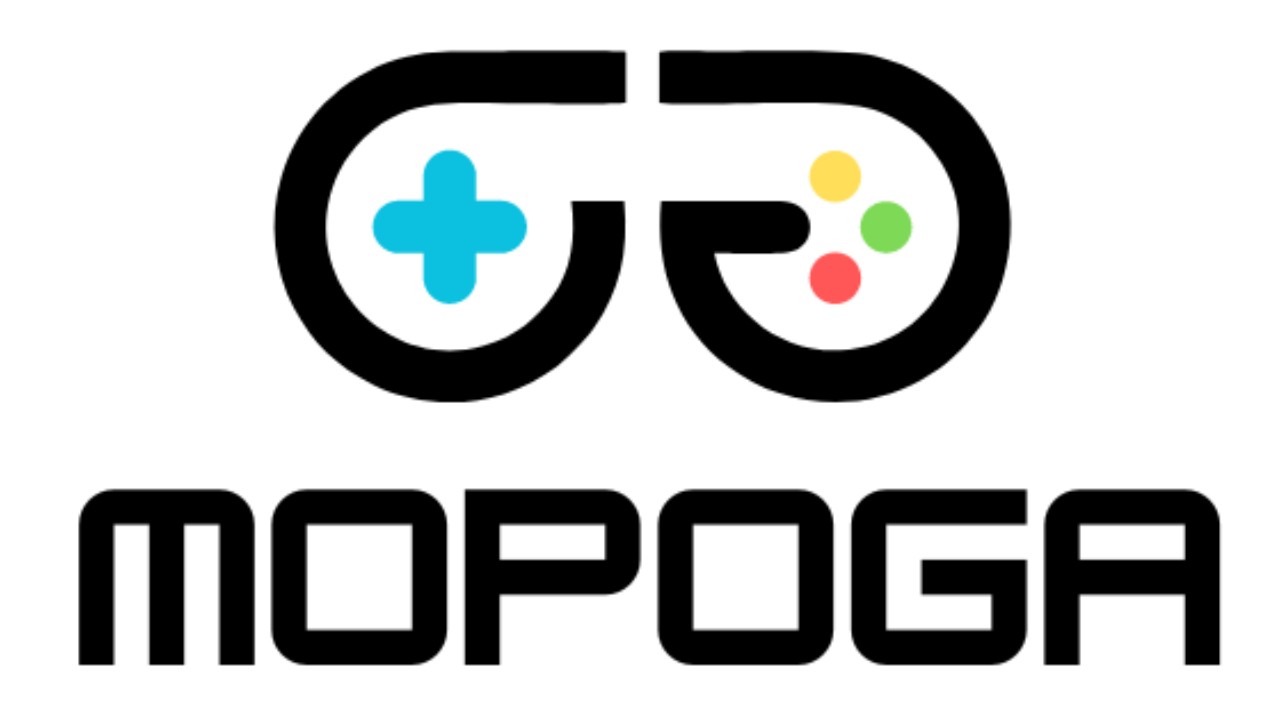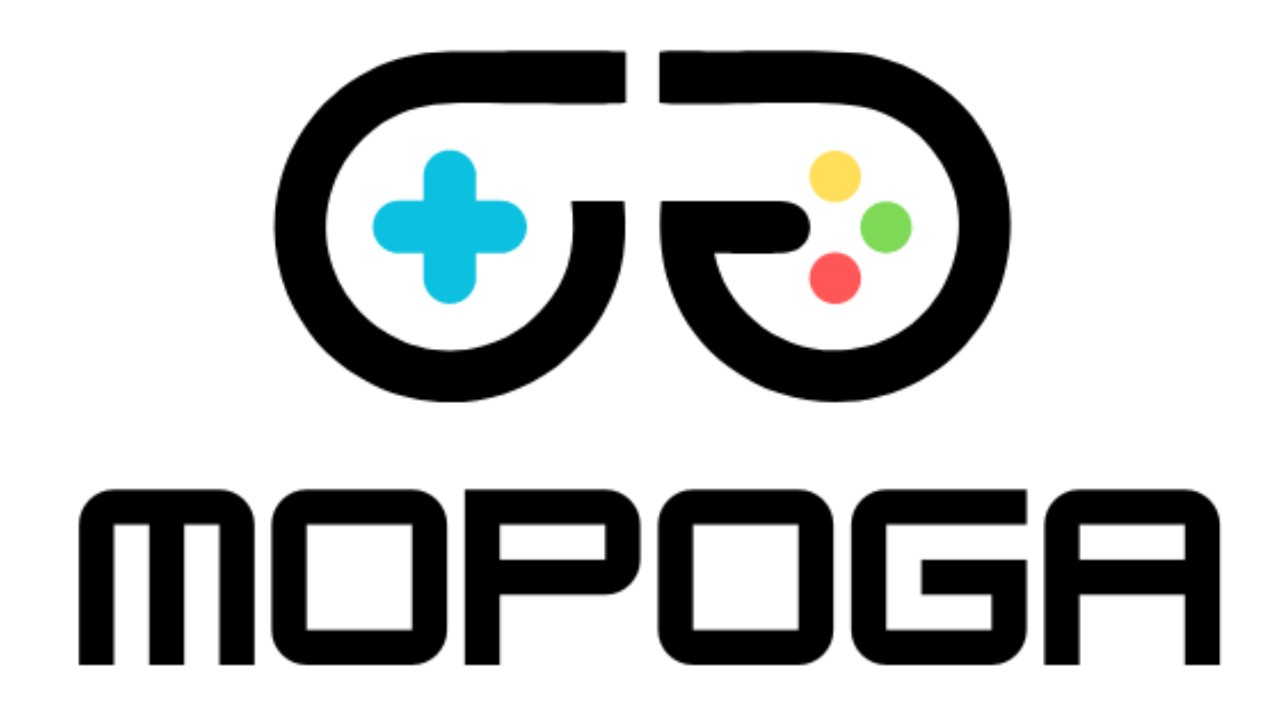Exploring Mopoga: A Cultural and Artistic Journey
Mopoga is a term that resonates with creativity, culture, and community. This article delves into the essence of Mopoga, exploring its origins, significance, and the artistic expressions that emerge from it. As we navigate through the various facets of Mopoga, we will uncover how it serves as a platform for artists and creators, fostering a sense of belonging and cultural pride.
The Origins of Mopoga
Mopoga, while not widely recognized in mainstream discourse, has roots that can be traced back to various cultural practices and artistic expressions. The term itself may vary in meaning across different regions, but it generally embodies the spirit of community and creativity. In many cultures, similar concepts have emerged, emphasizing the importance of collective artistic endeavors and the sharing of cultural narratives.
Historically, Mopoga can be linked to traditional art forms that celebrate local heritage. These art forms often include music, dance, visual arts, and storytelling, all of which play a crucial role in preserving cultural identity. The significance of Mopoga lies in its ability to bring people together, allowing them to express their unique perspectives while also contributing to a larger narrative.
The Significance of Mopoga in Contemporary Society
In today’s fast-paced world, the importance of cultural expressions like Mopoga cannot be overstated. As globalization continues to shape our societies, there is a growing need to preserve and promote local cultures. Mopoga serves as a reminder of the richness of diversity and the value of community engagement.
One of the key aspects of Mopoga is its role in fostering social cohesion. By participating in Mopoga-related activities, individuals can connect with others who share similar interests and backgrounds. This sense of belonging is particularly important in urban environments where people often feel isolated. Mopoga provides a space for individuals to come together, share their stories, and celebrate their heritage.
Moreover, Mopoga has the potential to empower marginalized communities. Through artistic expression, individuals can voice their experiences and challenges, raising awareness about social issues. This empowerment can lead to positive change, as art can inspire action and provoke thought.
Artistic Expressions within Mopoga
Mopoga encompasses a wide range of artistic expressions, each contributing to the overall narrative of the community. Here, we will explore some of the key art forms associated with Mopoga.
Visual Arts
Visual arts play a significant role in Mopoga, with artists using various media to convey their messages. From painting and sculpture to street art and installations, visual arts provide a powerful means of expression. Artists often draw inspiration from their cultural heritage, incorporating traditional motifs and techniques into their work.
For instance, murals depicting historical events or cultural symbols can be found in many communities practicing Mopoga. These murals not only beautify public spaces but also serve as a visual representation of the community’s identity. They invite dialogue and reflection, encouraging viewers to engage with the stories being told.
Music and Dance
Music and dance are integral components of Mopoga, often serving as a means of storytelling and cultural preservation. Traditional music styles, instruments, and dance forms are celebrated during community gatherings, festivals, and performances. These artistic expressions allow individuals to connect with their roots while also sharing their culture with others.
In many cases, music and dance are intertwined, creating a dynamic experience for participants and audiences alike. The rhythmic beats and movements evoke emotions and memories, fostering a sense of unity among those involved. Through these performances, the spirit of Mopoga is brought to life, showcasing the vibrancy of the community.
Literature and Storytelling
Literature and storytelling are also vital aspects of Mopoga, as they provide a platform for sharing experiences and cultural narratives. Oral traditions, poetry, and written works contribute to the richness of the community’s artistic landscape. Storytelling, in particular, serves as a means of passing down knowledge and values from one generation to the next.
In contemporary settings, writers and poets often draw inspiration from their cultural backgrounds, weaving personal experiences into their narratives. This fusion of tradition and modernity creates a unique literary voice that resonates with audiences. Through literature, the essence of Mopoga is captured, allowing readers to engage with the community’s stories on a deeper level.
The Role of Community in Mopoga
At the heart of Mopoga is the community itself. The collaborative nature of Mopoga encourages individuals to come together, share their talents, and support one another in their artistic endeavors. This sense of community is essential for the growth and sustainability of Mopoga as a cultural movement.
Community events, workshops, and festivals are often organized to celebrate Mopoga, providing opportunities for artists to showcase their work and connect with audiences. These gatherings foster a spirit of collaboration, allowing individuals to learn from one another and share their skills. The exchange of ideas and experiences enriches the artistic landscape, creating a vibrant ecosystem of creativity.
Furthermore, community involvement is crucial for the preservation of cultural heritage. By actively participating in Mopoga, individuals contribute to the continuity of traditions and practices that define their identity. This collective effort ensures that future generations will have the opportunity to engage with their cultural roots.
Challenges Facing Mopoga
Despite its many benefits, Exploring Mopoga also faces challenges in the contemporary landscape. One of the primary issues is the threat of cultural homogenization due to globalization. As cultures merge and influence one another, there is a risk that unique traditions and practices may be lost. It is essential for communities practicing Mopoga to actively work towards preserving their cultural identity while embracing the positive aspects of globalization.
Additionally, funding and resources for artistic initiatives can be limited, particularly in marginalized communities. Artists often struggle to secure financial support for their projects, hindering their ability to fully express their creativity. Advocacy for increased funding and resources is crucial to ensure that Mopoga can thrive and continue to empower artists and communities.
The Future of Mopoga
Looking ahead, the future of Mopoga is filled with potential. As more individuals recognize the importance of cultural expressions, there is an opportunity for Mopoga to expand its reach and impact. By leveraging technology and social media, artists can share their work with a global audience, fostering connections beyond their local communities.
Moreover, collaborations between artists, cultural organizations, and educational institutions can further enhance the visibility of Mopoga. By creating platforms for dialogue and exchange, these partnerships can help bridge the gap between traditional practices and contemporary art forms.
In conclusion, Mopoga represents a rich tapestry of cultural and artistic expressions that celebrate community, creativity, and identity. As we continue to explore and engage with Mopoga, we must recognize its significance in fostering social cohesion, empowering individuals, and preserving cultural heritage. By supporting and promoting Mopoga, we contribute to a vibrant and diverse artistic landscape that enriches our society as a whole.














Post Comment